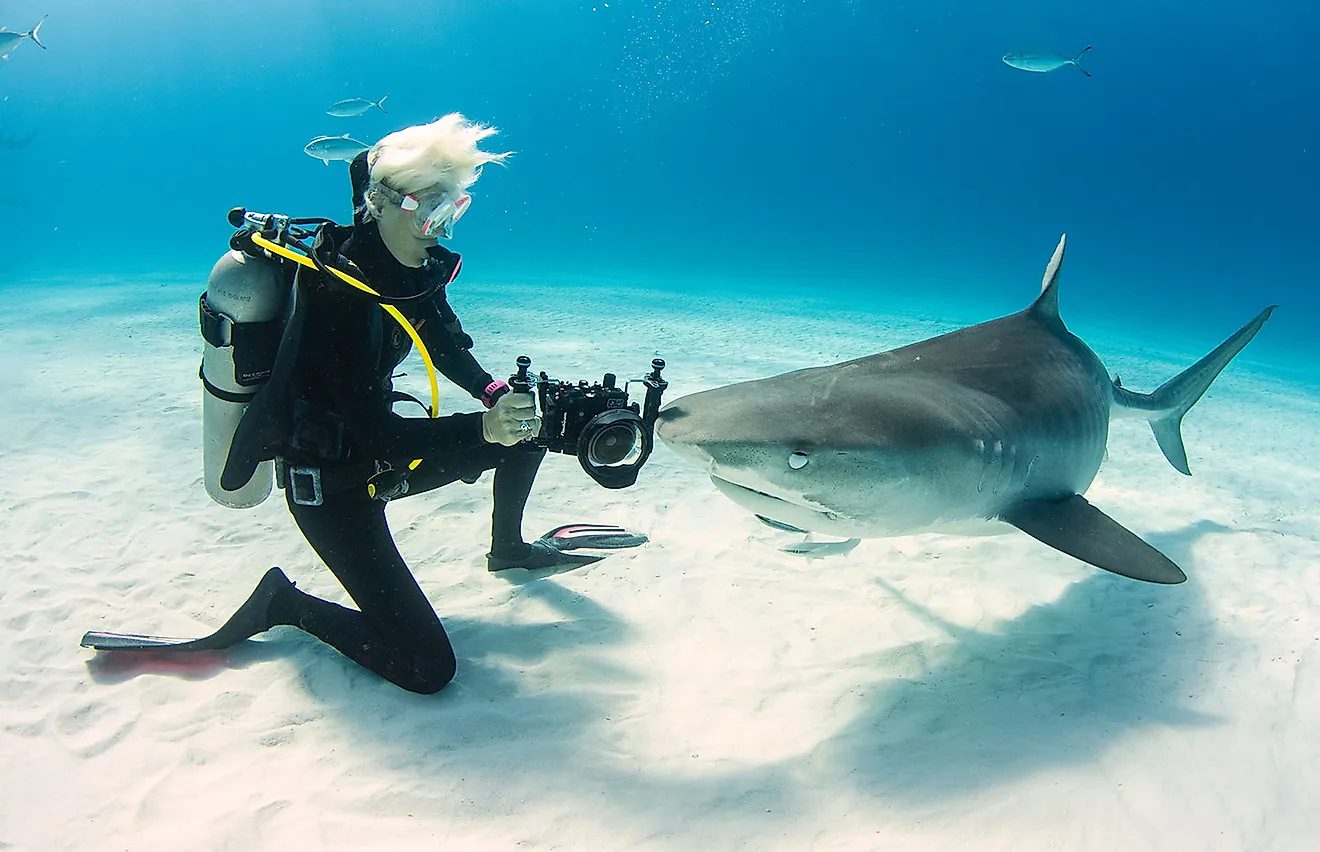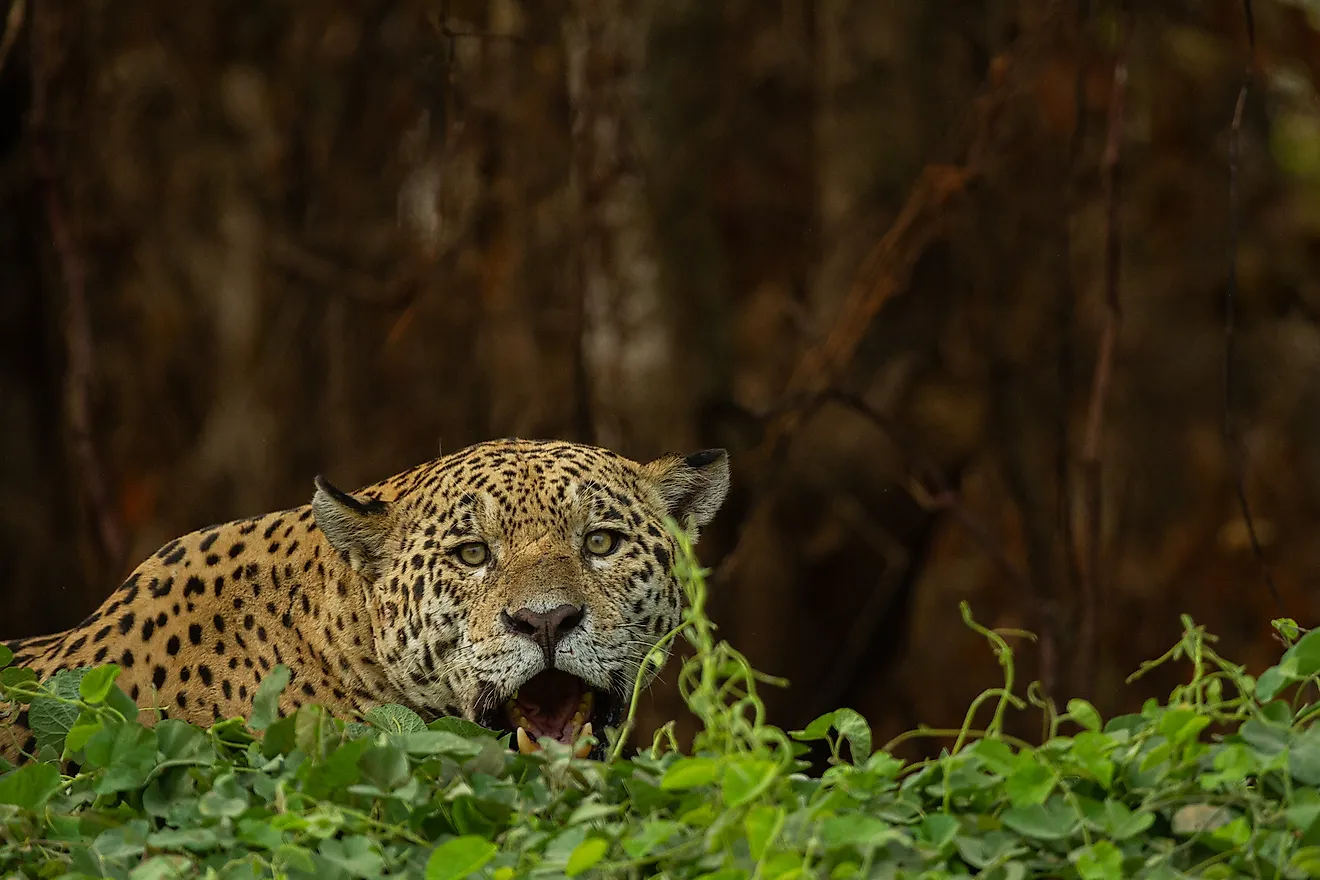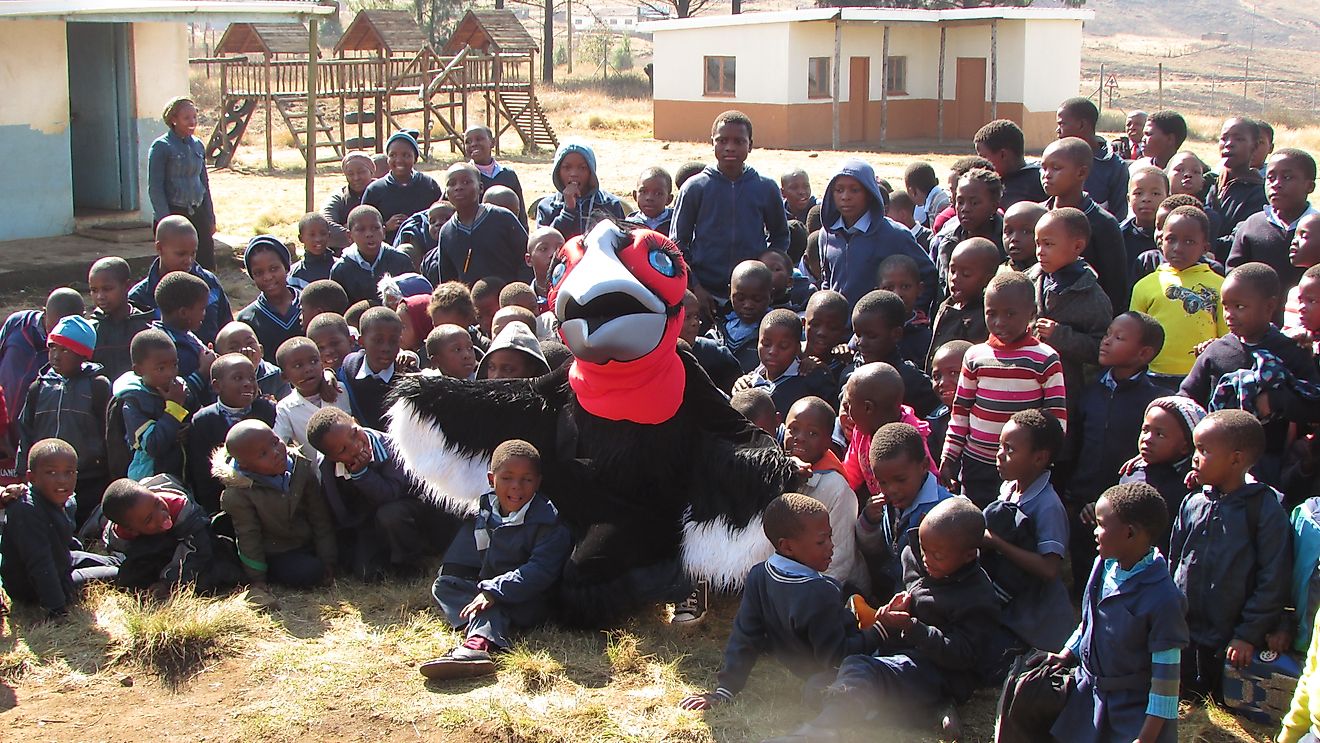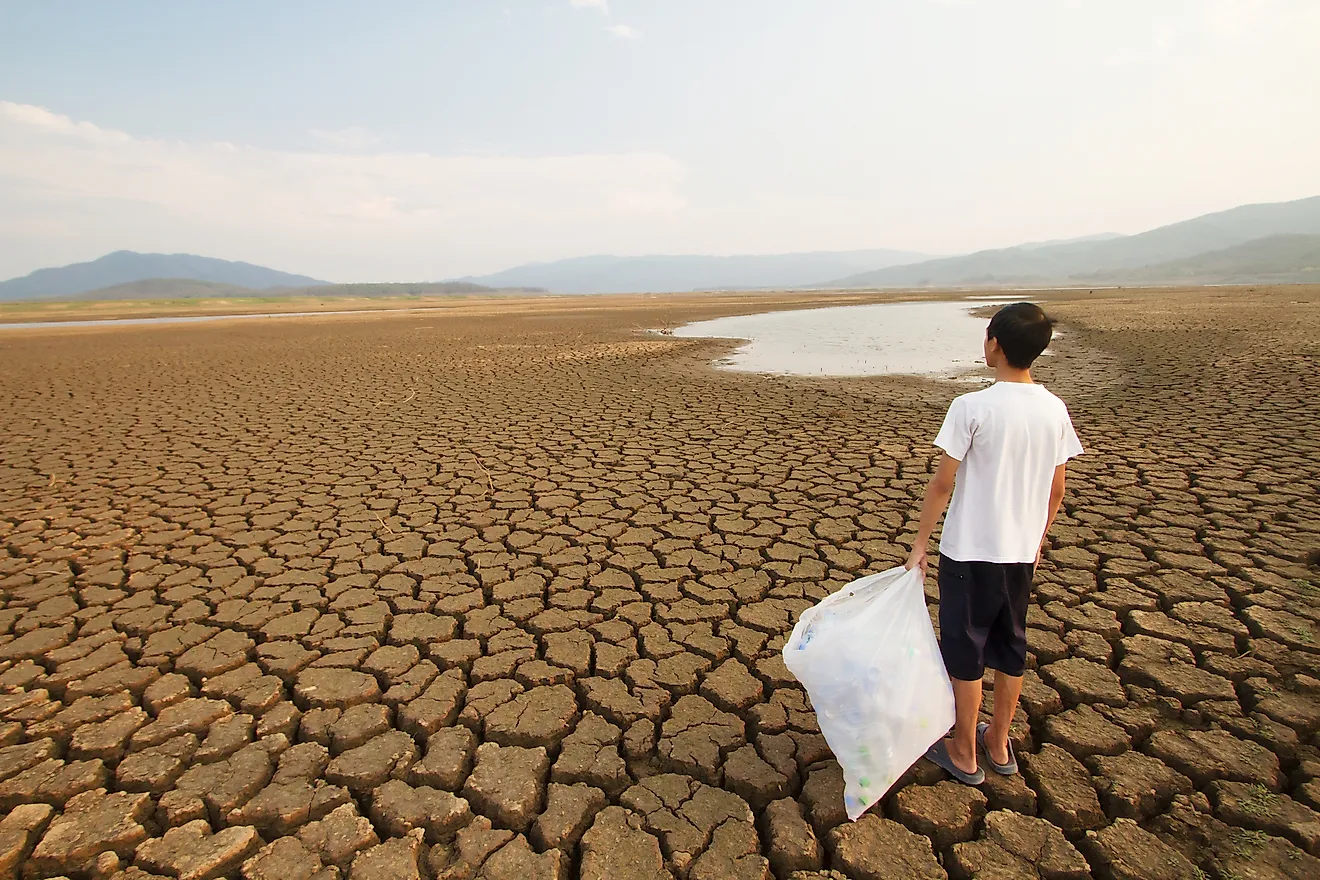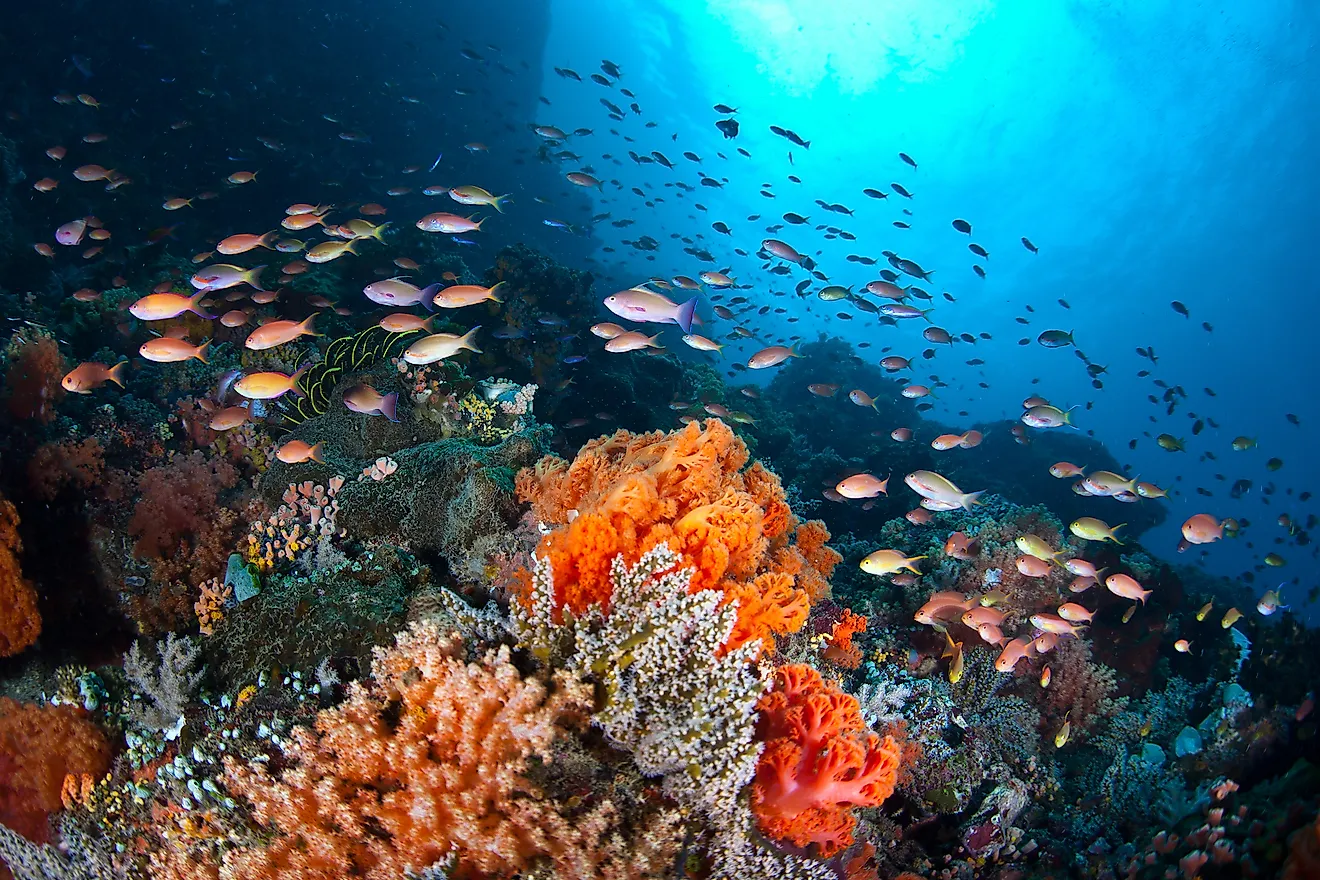Endangered Animals in Russia
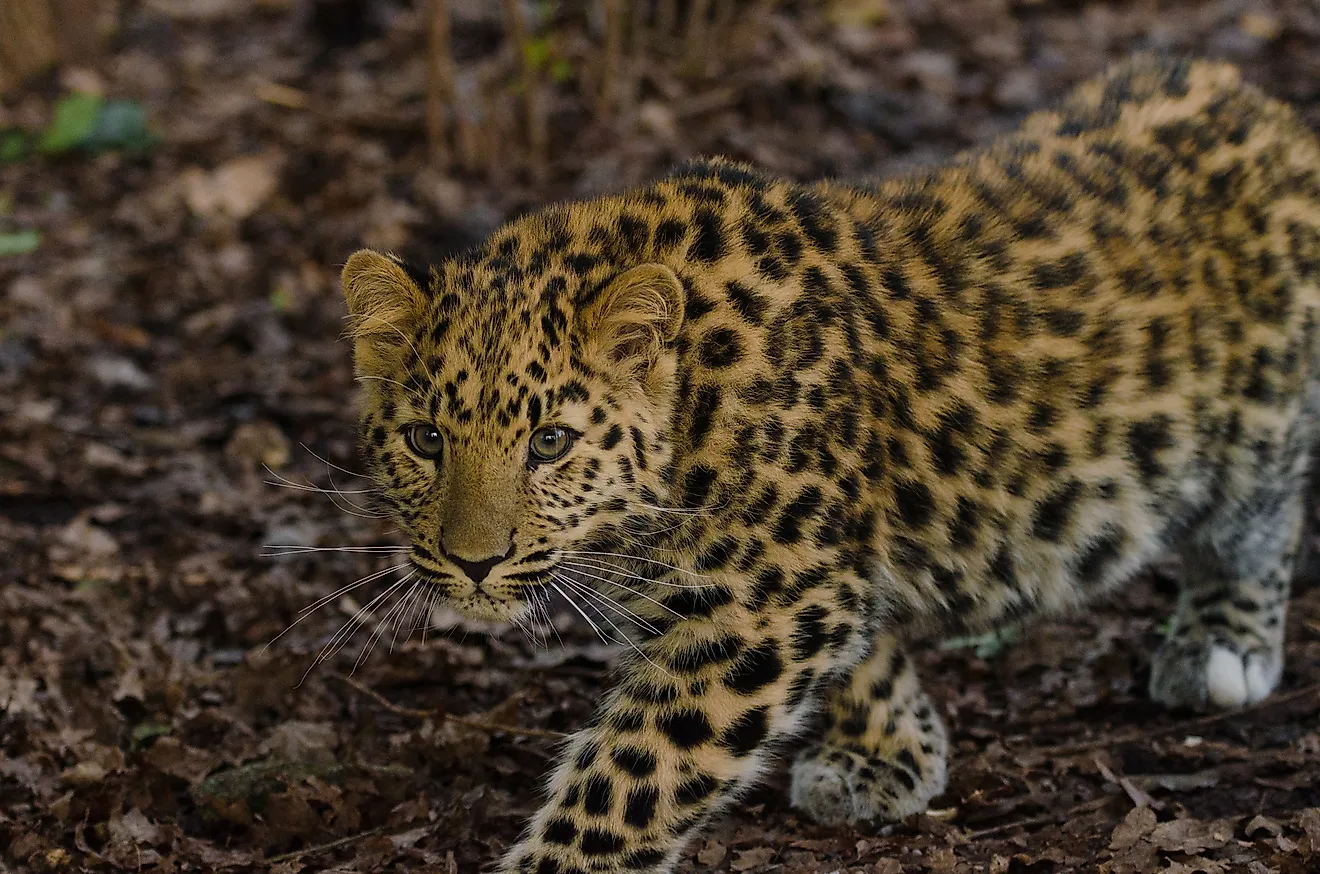
Russia is the largest country in the world in terms of land area. The nation occupies much of Eastern Europe and Northern Asia covering a land area of 6,592,800 square miles. Its varied landscape consists of expansive plains, volcanic mountains, endless coastlines, rivers, and lakes. The enormous landscape and varying eco-systems support numerous plants and animals. Among the animals found in Russia are endangered mammals such as Amur Leopard, Asiatic Lion, Ussuri Dhole and the North Pacific right whale.
Russia's Most Endangered Mammals
Amur Leopard (Panthera pardus orientalis)
Amur Leopard (Panthera pardus orientalis) is a leopard species native to southeastern Russia and northern China. The leopard has a thick coat of fur with beautiful black spots. The coat’s color varies from pale yellow to deep yellow with a golden tinge. The Amur leopard is smaller compared to other types of leopards, although it has fairly long limbs; an adaptation for walking through deep snow. Amur leopard is classified as a critically endangered mammal, and fewer than 60 are estimated to exist in the Russian province of Primorsky Krai. The main threats to the animal’s existence include poaching, human encroachment into its habitat, forest fires, rapid development, and disease.
Saiga Antelope (Saiga tatarica)
Saiga Antelope (Saiga tatarica) is unique amongst antelopes for its enlarged nose. It inhabits flat plains and is nomadic, travelling between steppe grasslands during summer from desert areas in winter. Saigas graze on herbs, grasses, and shrubs while its enlarged snout helps to filter out dust. The Saiga antelope faces threats from habitat destruction, predation, disease, and poaching. It is a critically endangered species currently found in a restricted area in Russia. Hunting of the Saiga antelope is banned in Russia and its trade in international markets is highly restricted.
Ussuri Dhole (Cuon alpinus alpinus)
Ussuri dhole (Cuon alpinus alpinus) is a rare animal found in eastern Russia and China. It prefers savannahs, alpine tundra and flat unforested grassland known as steppes. The Ussuri dhole grows a wooly coat and larger mane in winter that is shed in the summer. It feeds on herbivores like the blackbucks, deer, wild boar, chital, and the Asiatic water buffalo. The Ussuri dhole faces threats from poaching, fur trade, habitat loss, and disease. Its population has drastically reduced in the last five decades, although the Ussuri dhole is a protected animal in Russia.
North Pacific Right Whale (eubalaena japonica)
The North Pacific right whale is an incredibly rare type of baleen whale, with fewer than 40 animals estimated to be in existence. The North Pacific right whale can be found in the Bering Strait near Russia, and are known for being larger than the North Atlantic right whale. They can weigh up to 180,000 lb, and have measured to be up to 70 ft long. Threats to the North Pacific right whale include vulnerability because of small population size, food shortage, environmental changes, and human interaction, particularly surrounding oil extraction.
Conservation measures
Russia is home to plenty of unique and rare wildlife. The government is committed to the protection of the endangered animals. The wildlife authorities have created national parks, nature reserves, and conservation areas to protect the animals from human interference. Further research on the animals is being conducted to help in conservation efforts.
Russia's Most Endangered Mammals
| Russia's Most Endangered Mammals | Estimated Population |
|---|---|
| Amur Leopard | <60 |
| Saiga Antelope | <36000 |
| Muisk Vole | Not available |
| Asiatic Lion | <600 |
| Persian Leopard | <1500 |
| Siberian Tiger | <400 |
| Snow Leopard | <10000 |
| Ussuri Dhole | Not available |
| European Mink | <20000 |
| West Caucasian Tur | <6000 |


